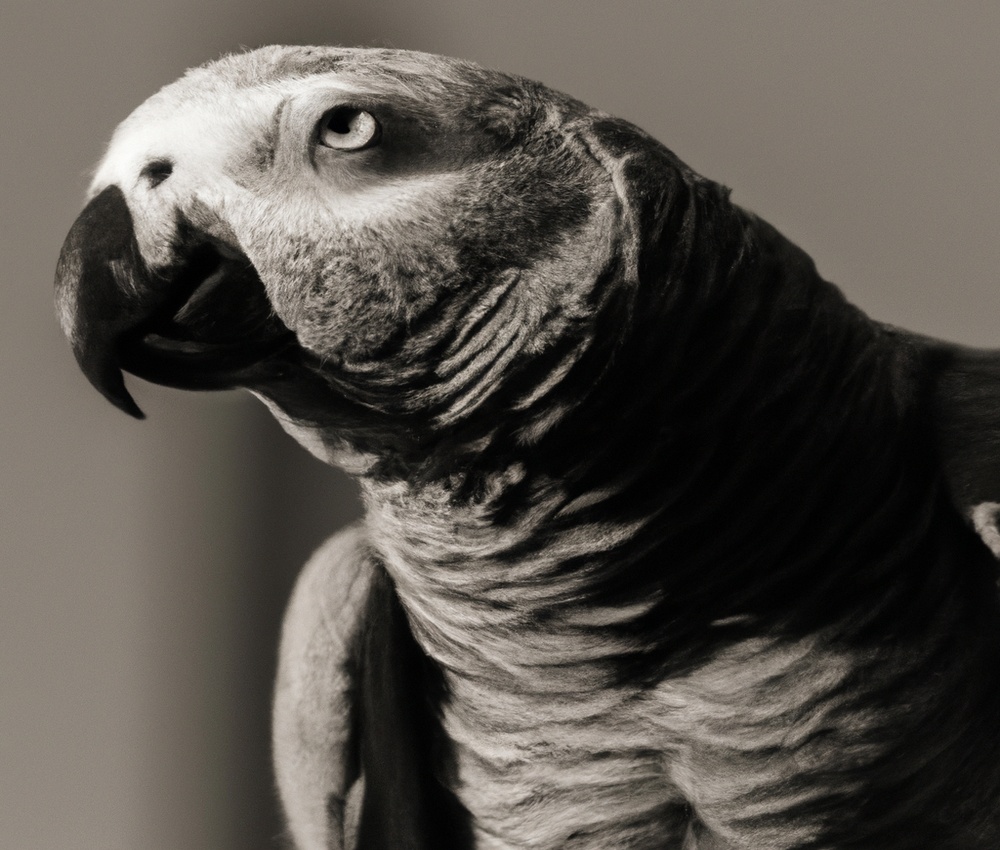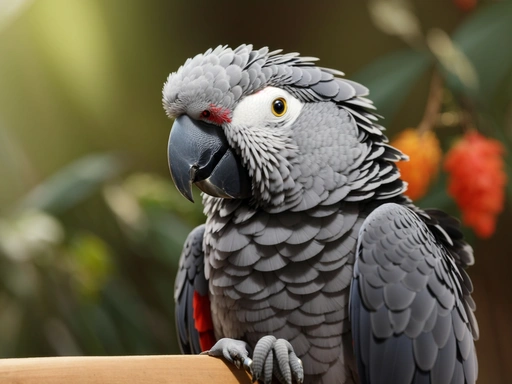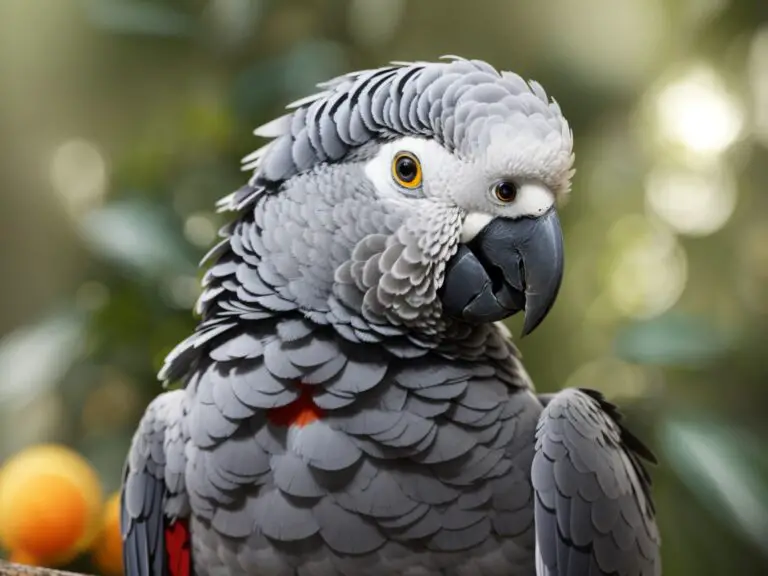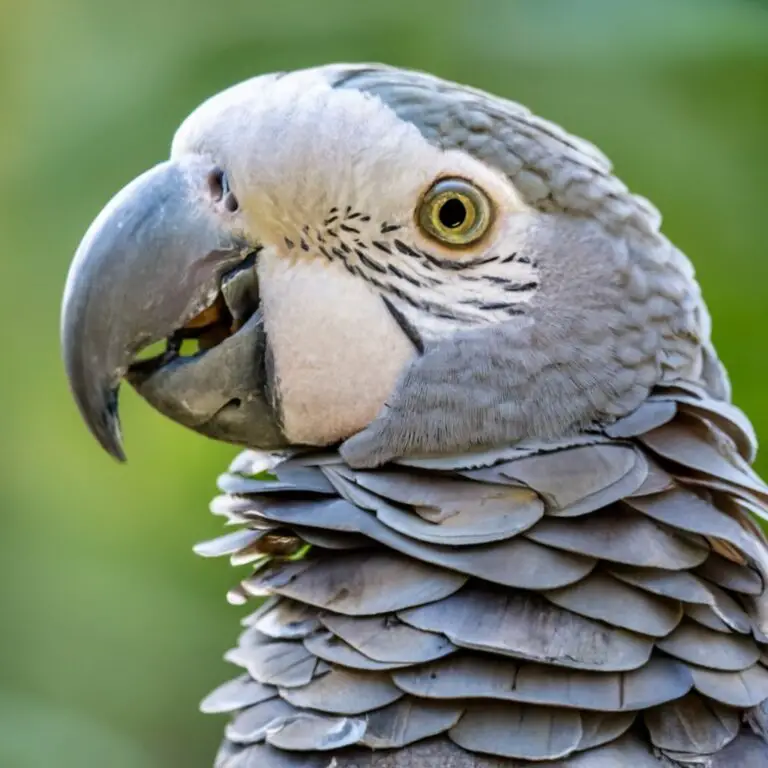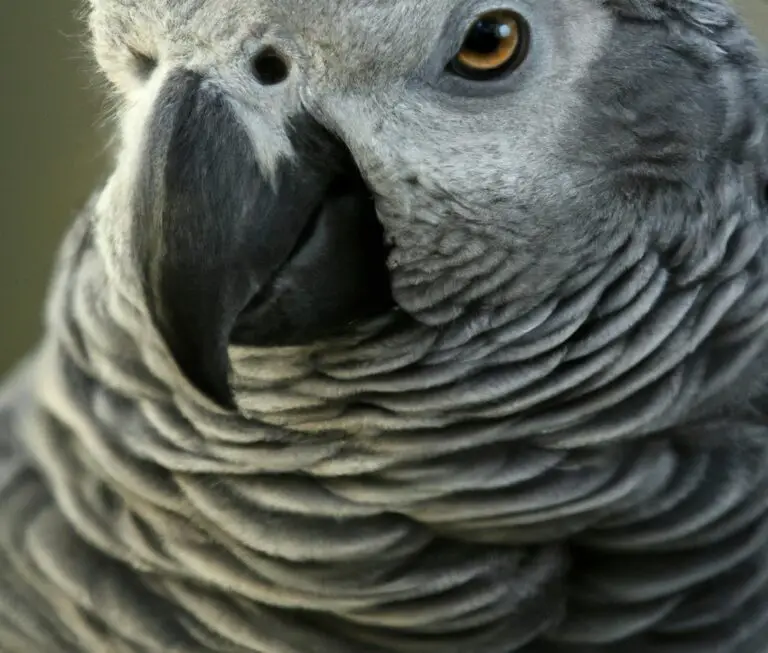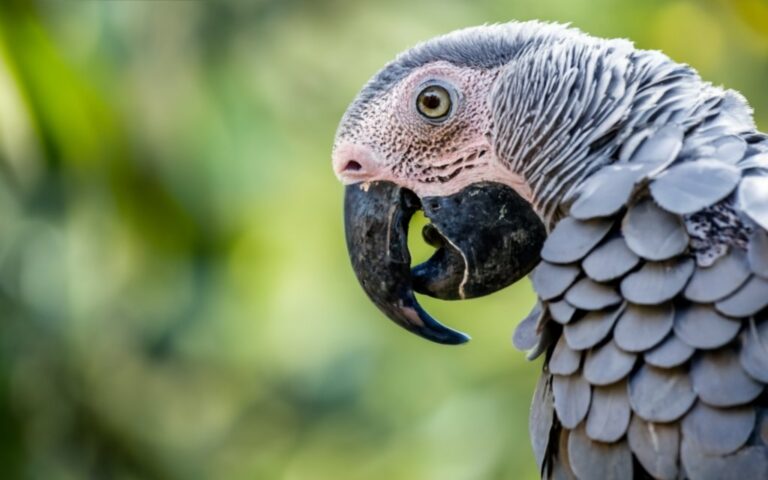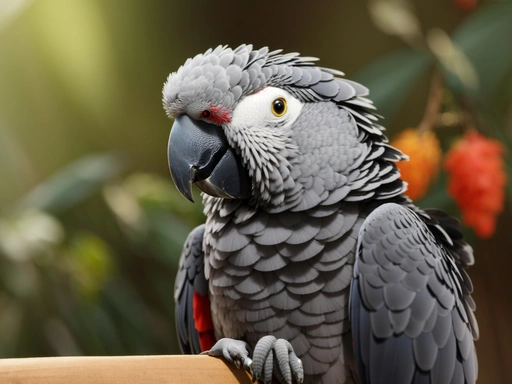What Is The Breeding Season For African Grey Parrots?
Key Takeaways:
- The breeding season for African Grey Parrots typically occurs during the rainy season in their native habitats.
- African Grey Parrots may exhibit specific breeding behaviors, such as increased vocalizations and courtship displays, during their breeding season.
- The breeding season for African Grey Parrots can vary depending on geographic location and environmental factors.
- Providing a suitable nesting area and appropriate diet can help support successful breeding in African Grey Parrots during their breeding season.
Do African Grey Parrots have a secret season for romance?
If you’ve ever wondered about the breeding habits of these magnificent birds, you’re in for a treat.
Today, we’re diving deep into the world of African Grey Parrots, uncovering their physical characteristics, natural habitat, and most importantly, their breeding behavior.
Join me as we explore the factors that influence their breeding habits, the signals of their readiness, and the challenges faced by both parrot parents and owners.
Whether you’re a seasoned parrot enthusiast or simply curious about these fascinating creatures, get ready to be amazed by the intricate dance of love and parenthood in the world of African Grey Parrots.
| Species | Breeding Season |
| African Grey Parrots | January to April |
Understanding the African Grey Parrot
The African Grey Parrot is a highly intelligent and social bird species that requires a deep understanding of their unique characteristics and needs.
Physical characteristics of African Grey Parrots
African Grey Parrots have a medium-sized body with a short, square tail. They are predominantly gray, with a white mask around the eyes and a bright red tail.
They have a large, strong beak and a distinctively pronounced forehead.
They also have gray feet and dark gray or black colored eyes. Overall, their elegant appearance and unique features make them easily recognizable.
Natural habitat and distribution of African Grey Parrots
African Grey Parrots are native to the rainforests of West and Central Africa.
They inhabit dense forests, woodland areas, and savannas.
These intelligent birds are found in countries such as Ghana, Cameroon, Ivory Coast, and the Democratic Republic of Congo.
Their natural habitat consists of tall trees, where they can find shelter and forage for their diet of fruits, nuts, and seeds.
African Grey Parrots have a wide distribution range, but their numbers have been declining due to factors such as habitat loss and the illegal pet trade.
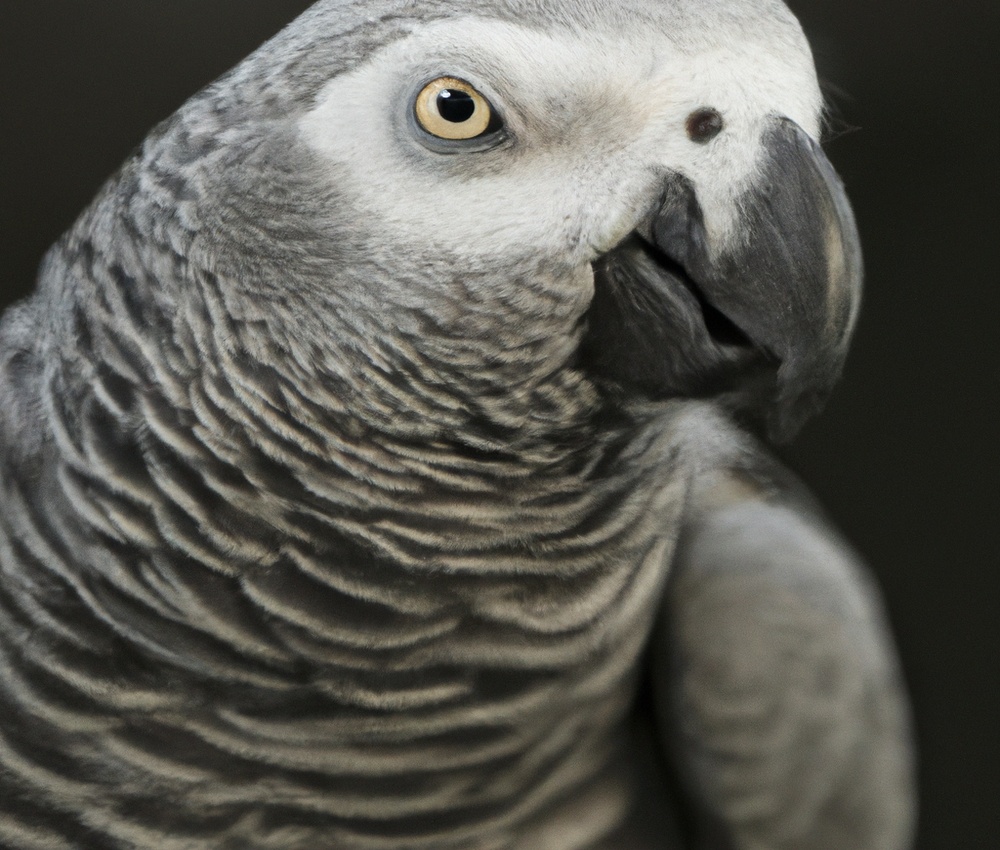
Breeding Behavior of African Grey Parrots
Breeding behavior of African Grey Parrots is influenced by various factors.
Factors that influence the breeding behavior of African Grey Parrots
The breeding behavior of African Grey Parrots is influenced by several factors. One important factor is the availability of food resources, as a nutritious diet is crucial for successful breeding.
Additionally, the length of daylight hours and seasonal changes can trigger hormonal changes in parrots, affecting their breeding behavior.
Social factors, such as the presence of a compatible mate and the establishment of a breeding territory, are also important. Environmental factors, including suitable nesting sites and the absence of disturbance or predators, play a role as well.
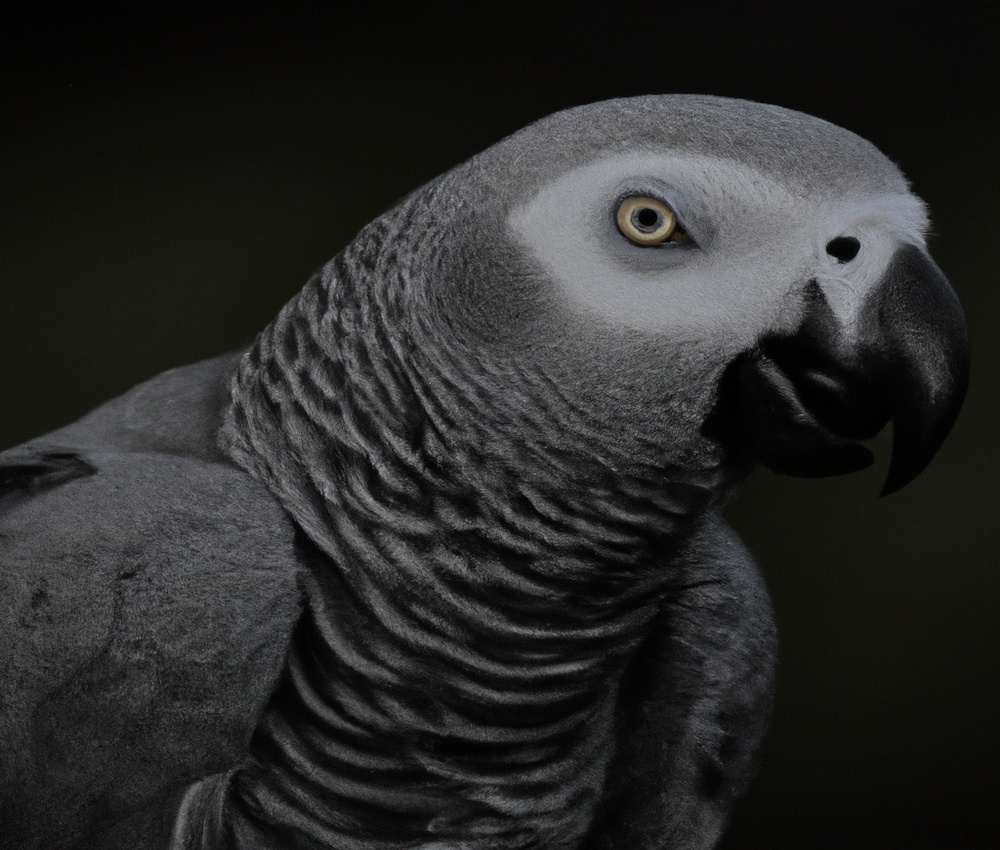
Breeding season for African Grey Parrots
The breeding season for African Grey Parrots typically occurs during the rainy season, which varies depending on their specific geographical location. In some areas, it may begin around November and last until January or February.
During this time, the parrots engage in courtship, mating rituals, and nesting behaviors.
It’s important for owners to provide appropriate environmental conditions and monitor their parrots closely during this time to ensure successful breeding.
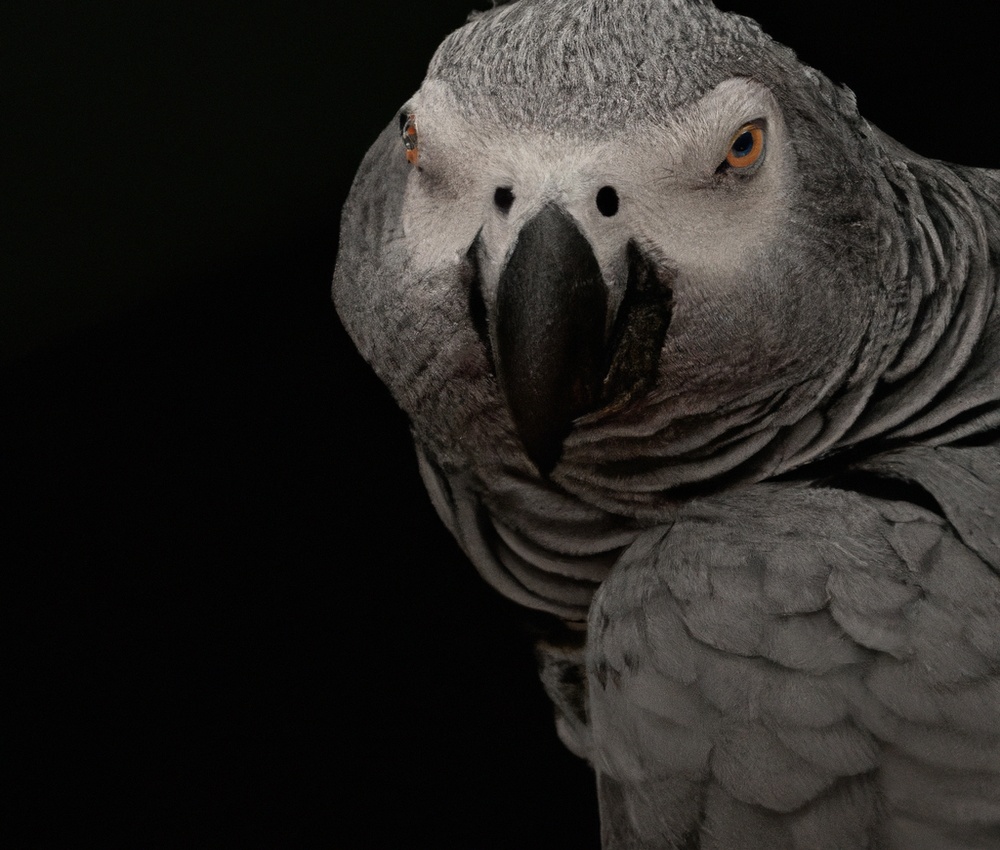
Reproduction and Nesting of African Grey Parrots
African Grey Parrots reproduce and nest in specific ways.
Let’s explore their reproductive anatomy, mating rituals, courtship behavior, nesting habits, and preferred nesting sites.
Reproductive anatomy of African Grey Parrots
The reproductive anatomy of African Grey Parrots consists of several key features.
They have a cloaca, which is a single opening for both waste and reproductive functions.
Inside the body, males possess testes that produce sperm, while females have ovaries that produce eggs.
During mating, the male’s sperm is transferred to the female’s cloaca through contact.
Once fertilized, the egg travels through the reproductive tract before being laid.
Understanding the reproductive anatomy is important for successful breeding and reproductive health of African Grey Parrots.
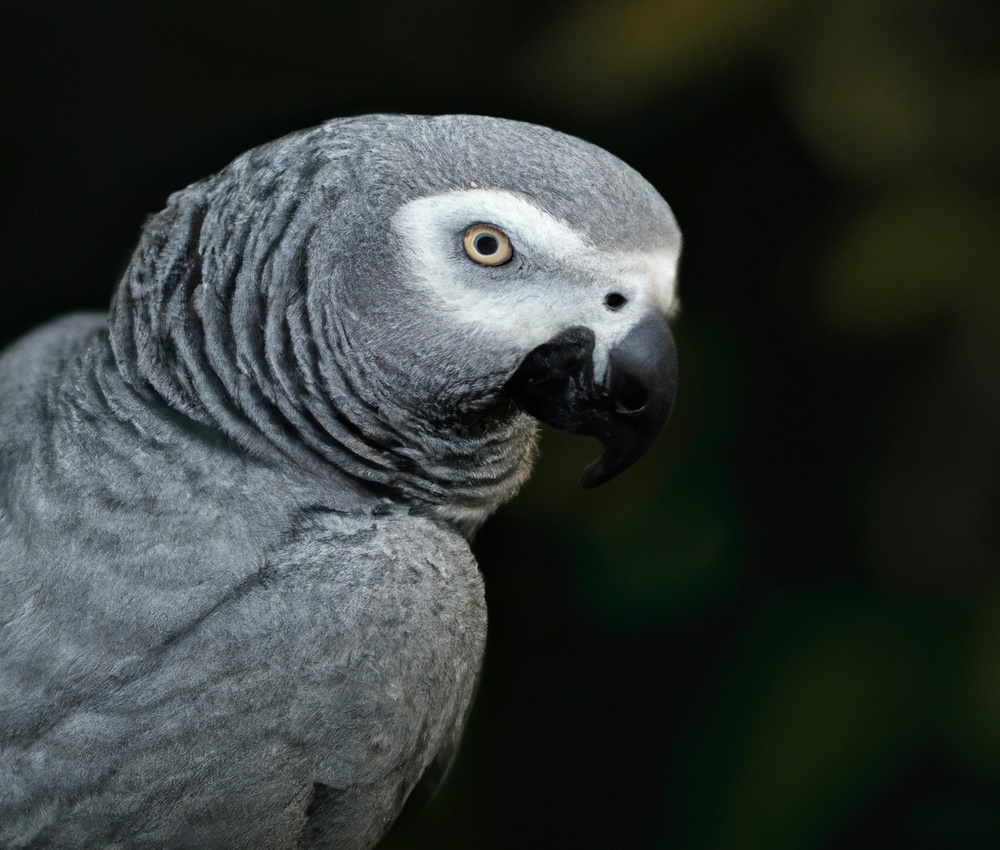
Mating rituals and courtship behavior of African Grey Parrots
Mating rituals and courtship behavior of African Grey Parrots are quite fascinating! During courtship, the male will often display by puffing up his feathers, bowing, and vocalizing to attract a female.
They may also engage in mutual preening and mate feeding.
Once a pair has bonded, they will engage in beak touching and mutual grooming rituals.
It’s a beautiful dance of love!
Nesting habits and sites of African Grey Parrots
African Grey Parrots are cavity nesters, meaning they prefer to nest in tree cavities. They may also use abandoned nests of other bird species.
In their natural habitat, they nest in large trees in dense forests.
The female parrot lays her eggs on a bed of leaves inside the nest cavity. The male and female take turns incubating the eggs and both parents participate in raising the chicks.
It’s important to provide nesting boxes or suitable alternative options in captivity to encourage successful breeding for African Grey Parrots.
Healthy nesting options are essential for the well-being of these intelligent and remarkable birds.
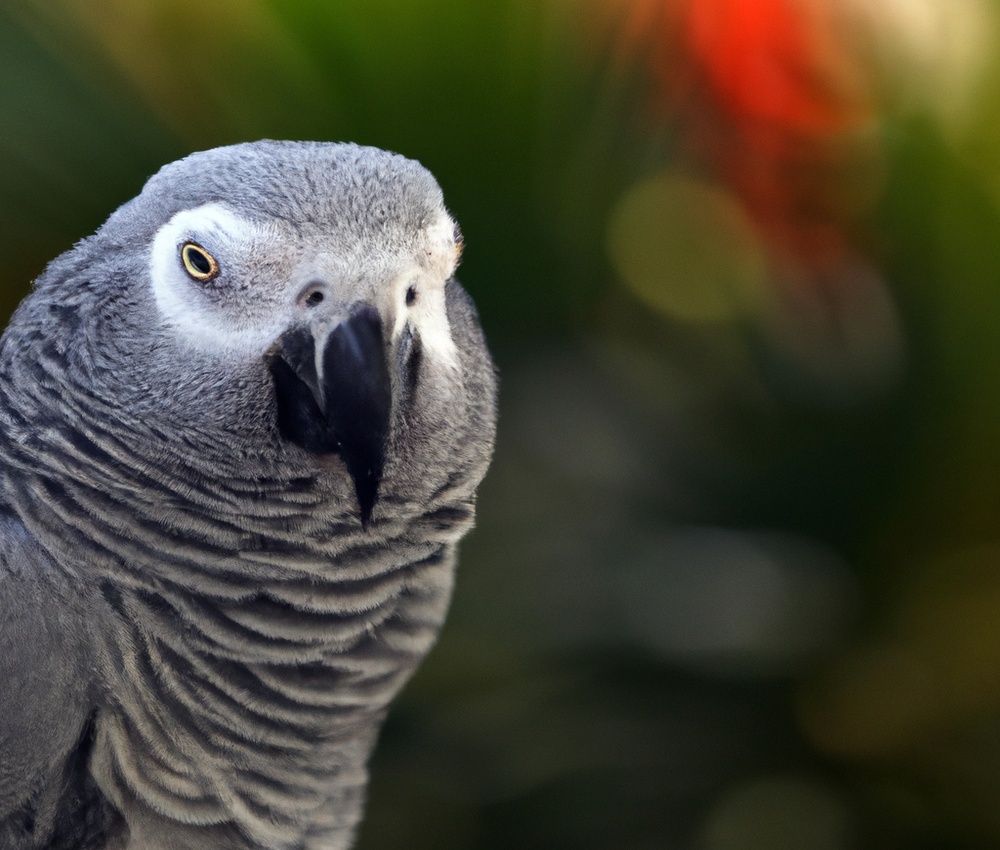
Signs of Breeding Readiness in African Grey Parrots
African Grey Parrots show physical and behavioral signs of breeding readiness. They also have distinctive vocalizations during the breeding season.
Physical signs of breeding readiness in African Grey Parrots
Physical signs of breeding readiness in African Grey Parrots include an enlarged and bright-colored cere, which is the area above the beak. The cere will turn a vibrant pink in females and a deep blue in males.
Additionally, the feathers on the back and head may become fluffed up, indicating heightened hormonal activity.
Some parrots may also exhibit increased preening behavior and a desire to explore nesting sites. It’s important to note that these signs may vary between individuals, so it’s crucial to observe the bird’s behavior as a whole.
Behavioral signs of breeding readiness in African Grey Parrots
Behavioral signs of breeding readiness in African Grey Parrots include increased vocalization, displaying mating dances, regurgitating food, and preening themselves excessively. They may also show territorial behavior, such as guarding their nest or cage.
These behaviors indicate that they are prepared for mating and are ready for the breeding season.
Vocalizations and communication during the breeding season
During the breeding season, African Grey Parrots use vocalizations and specific communication behaviors to attract mates, establish territories, and defend their nests.
They may engage in loud calls, whistles, screeches, and mimicry of other bird species.
They also perform courtship displays such as head-bowing, wing-flashing, and puffing up their feathers.
These vocalizations and behaviors play a crucial role in establishing pair bonds and successfully breeding.
Breeding Challenges and Considerations for African Grey Parrots
Breeding African Grey Parrots can present challenges and requires careful consideration.
Potential challenges during breeding for African Grey Parrots
Breeding African Grey Parrots can come with its share of challenges. Some potential issues include:
- Egg-binding: Female parrots may have difficulty laying eggs, which can be life-threatening if not treated promptly.
- Infertility: Breeding pairs may experience difficulty in producing fertile eggs, leading to unsuccessful breeding attempts.
- Aggression: Breeding season can trigger aggression in both male and female parrots, resulting in injuries to themselves or their mate.
- Inadequate parenting skills: Some parrots may struggle with properly caring for their hatchlings, leading to neglect or even death.
- Health issues: Breeding can put stress on the parrots’ bodies, making them more susceptible to illnesses and infections.
- Limited availability of suitable mates: Finding compatible breeding pairs can be a challenge due to limited availability or compatibility issues.
Recommended breeding practices for African Grey Parrot owners
To ensure successful breeding of African Grey Parrots, it is important for owners to create a suitable environment for their birds. Providing a spacious and secure breeding cage or aviary is crucial.
Offering a variety of fresh and nutritious foods, including fruits, vegetables, and high-quality pellets, will support the health of the breeding pair.
Regular veterinary check-ups are essential to monitor the birds’ overall wellbeing and address any health concerns. Additionally, observing the natural behavior of African Grey Parrots and allowing them to engage in courtship rituals and nesting activities can contribute to a successful breeding season.
Conservation efforts for African Grey Parrot populations
Conservation efforts for African Grey Parrot populations are crucial for the survival of these endangered birds.
Some key initiatives include:
- Habitat protection: Preserving their natural habitat is essential to ensure the availability of suitable nesting sites and food sources.
- Anti-trafficking measures: Strict laws and enforcement against capturing and trading African Grey Parrots help combat illegal wildlife trade.
- Education and awareness: Spreading awareness about the importance of conservation can help reduce demand for these birds as pets.
- Breeding programs: Establishing captive breeding programs helps increase the population of African Grey Parrots and reduces pressure on wild populations.
- International cooperation: Collaborating with other countries to regulate the trade and implement conservation measures for African Grey Parrots is vital.
By taking these steps, we can contribute to the long-term survival of these magnificent birds.
Breeding Activities and Parental Care of African Grey Parrots
During the breeding season, African Grey Parrots engage in various activities related to reproduction and take diligent care of their offspring.
Breeding activities include egg-laying, incubation, and parental care, while the adults meticulously feed and protect their hatchlings throughout their development.
Egg-laying and incubation period of African Grey Parrots
African Grey Parrots typically lay 2-4 eggs in a clutch, usually laid a few days apart.
The incubation period for these eggs is around 28-30 days.
During this time, the female parrot will spend most of her time in the nest, diligently keeping the eggs warm.
The male parrot may assist in providing food for the female during incubation.
Parental care and feeding of hatchlings
During the nesting period, African Grey Parrot parents show exceptional care for their hatchlings.
Both the male and female take turns sitting on the eggs and maintaining a warm, stable environment.
Once the chicks hatch, the parents provide constant attention, protection, and nourishment.
They regurgitate partially digested food for the hatchlings, including fruits, seeds, and nuts.
This nutritious diet helps the chicks grow and develop properly.
The parents also play a vital role in teaching their young ones essential skills, such as preening, foraging, and social interaction, to ensure their successful transition into adulthood.
Life cycle and development of African Grey Parrot chicks
African Grey Parrot chicks hatch from eggs after an incubation period of approximately 28-30 days.
After hatching, they are blind, naked, and completely dependent on their parents for food and care.
As they grow, their feathers begin to develop, and they become more mobile.
The chicks stay in the nest for about 10-12 weeks until they are fully fledged and ready to leave.
During this time, they are fed a diet of regurgitated food by their parents, who play a crucial role in their survival and development.
Once they fledge, the chicks continue to rely on their parents for some time as they learn to find and consume solid food.
Gradually, they become independent and begin to explore their surroundings, developing their flying and foraging skills.
It’s an exciting and crucial period in the life cycle of African Grey Parrot chicks, as they transition from helpless hatchlings to capable juveniles.
Frequently Asked Questions about the Breeding Season for African Grey Parrots
What months are considered the breeding season for African Grey Parrots?
African Grey Parrots typically breed during the rainy season in their native habitats, which is from December to April. This period provides optimal conditions for nesting and raising chicks.
Keep in mind that breeding behavior can also be influenced by factors such as temperature and food availability.
How long does the breeding season last?
The breeding season for African Grey Parrots typically lasts for about 4 to 6 months, depending on various factors such as geographic location and environmental conditions. During this time, the parrots engage in courtship behavior, mating rituals, and nesting activities.
It is important for bird owners to be aware of the breeding season and provide appropriate care and support for their parrots during this time.
Are there any specific requirements for breeding African Grey Parrots?
To successfully breed African Grey Parrots, there are a few specific requirements that need to be considered. First, they need a spacious enclosure or aviary that allows for free movement and flight.
Adequate nutrition is also crucial, so a well-balanced diet that includes a variety of fresh fruits, vegetables, and high-quality pellets is necessary.
Additionally, providing nesting materials such as wood shavings or pine straw is important for creating a comfortable nesting environment. Lastly, ensuring a peaceful and stress-free atmosphere is essential, as stress can negatively impact breeding behavior.
What are the key factors for successful breeding of African Grey Parrots?
The key factors for successful breeding of African Grey Parrots include providing a suitable environment with a spacious cage, a balanced diet rich in fruits and vegetables, regular veterinary check-ups, and a stable social environment with proper pairing and bonding.
Additionally, ensuring proper nesting material, monitoring and assisting with the breeding process, and providing adequate post-hatchling care are vital for successful breeding.
Final Verdict
The breeding season for African Grey Parrots is primarily influenced by environmental factors such as daylight hours and food availability. Breeding readiness can be identified through physical and behavioral cues, including increased vocalizations and courtship displays.
However, breeding African Grey Parrots can come with challenges that require careful consideration and adherence to recommended practices.
By understanding the breeding behavior, reproductive anatomy, and nesting habits of African Grey Parrots, owners can better support successful breeding activities and provide appropriate parental care. Conservation efforts are also crucial for maintaining healthy populations of these magnificent birds in their natural habitats.

